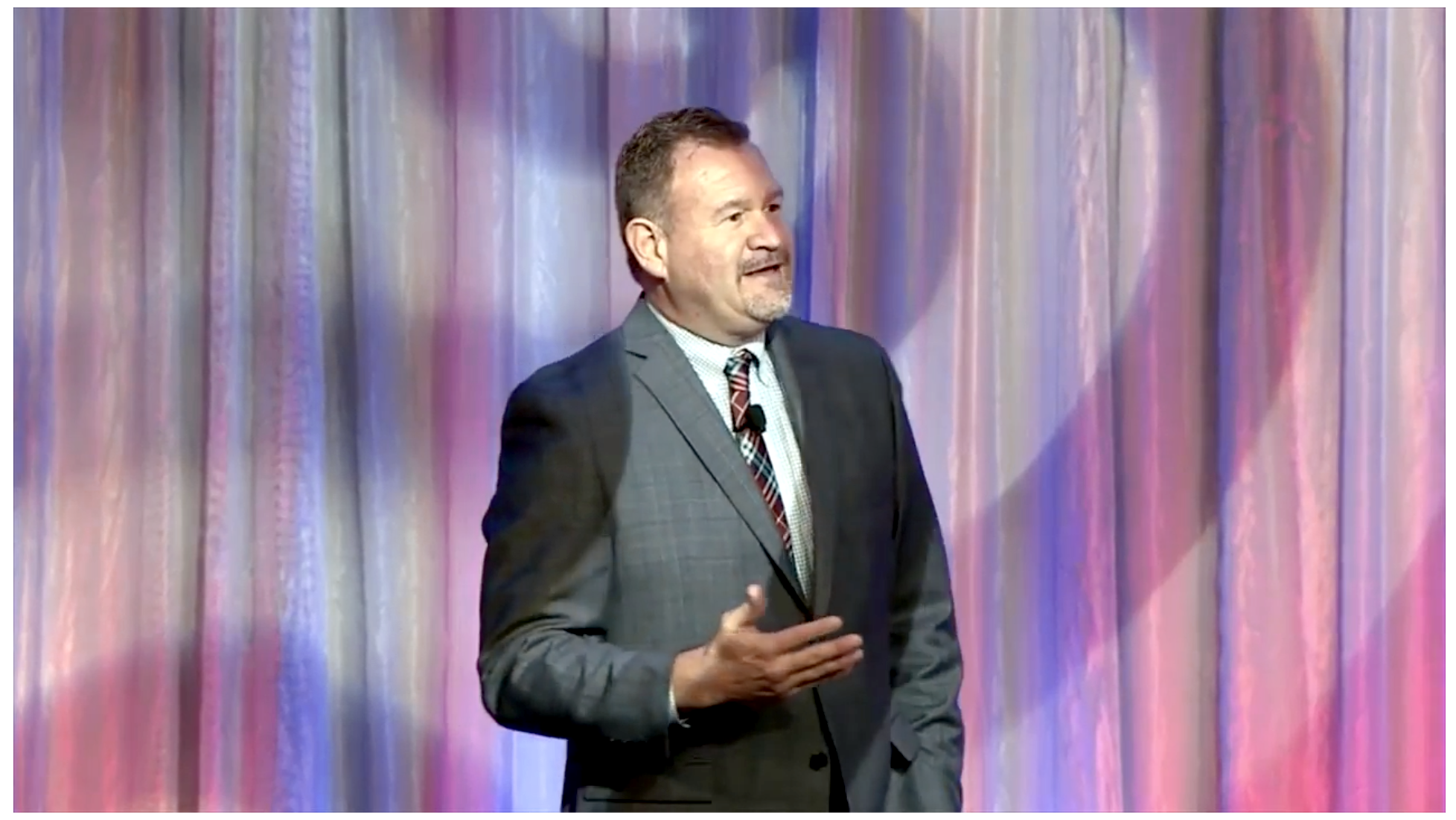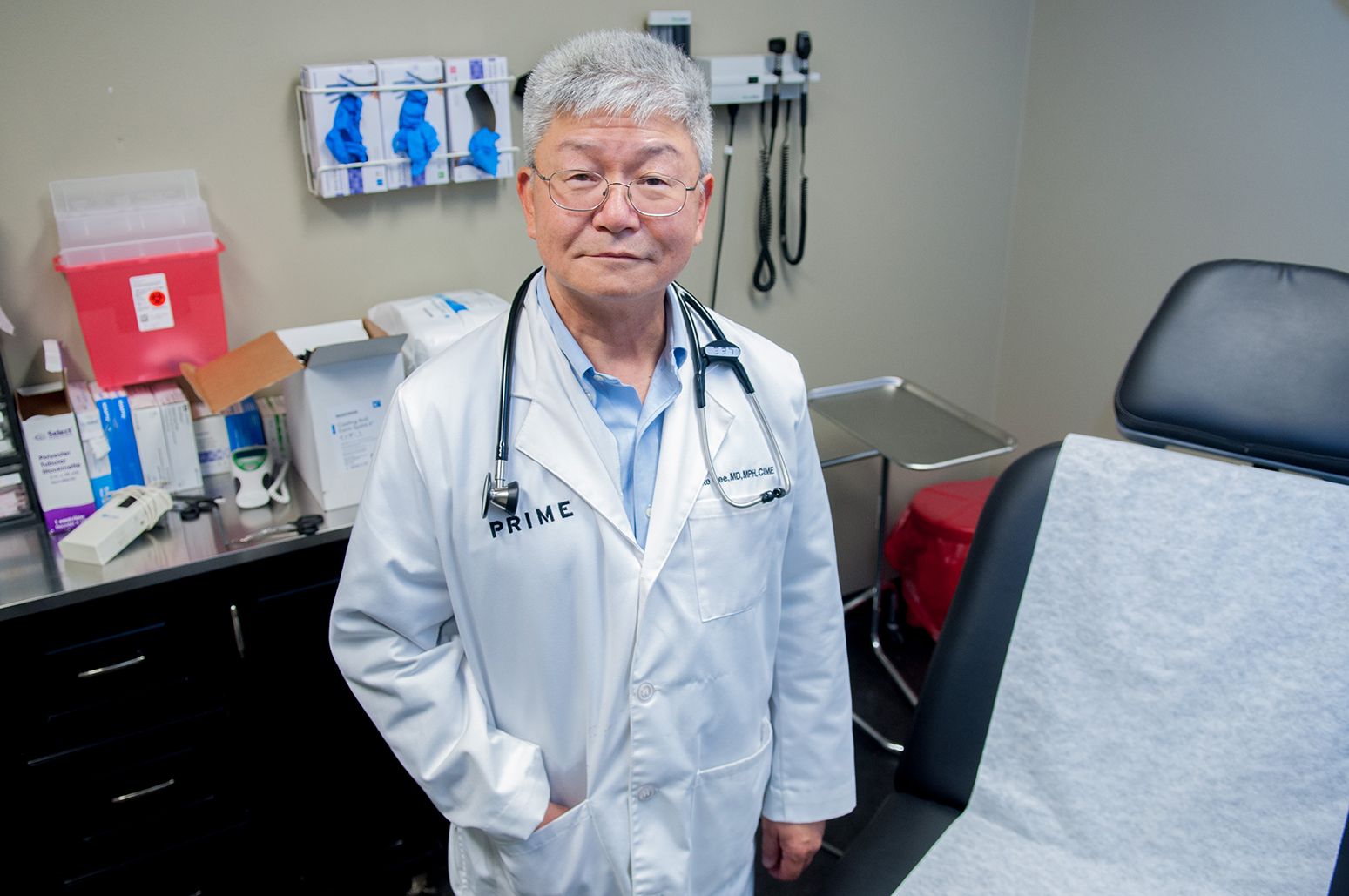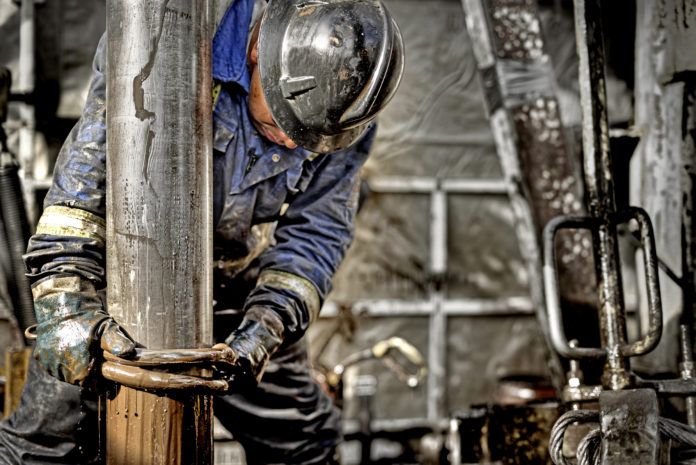The National Institute for Occupational Safety and Health coined the term “Total Worker Health” a number of years ago, but it’s largely unrecognized by that name in the Louisiana industrial space. In practice, however, it’s not new at all.
TWH focuses not merely on the safety and health of workers, but on their overall wellbeing. In the process, the initiative addresses a host of job-related factors such as wages, work hours, workload, interactions with coworkers and supervisors and access to paid leave.

Dr. Casey Chosewood, who directs the program from the Centers for Disease Control and Prevention in Atlanta, says TWH brings together all aspects of work through integrated interventions that collectively address worker safety, health and well-being.
While the principals of TWH aren’t necessarily new to local industry, Chosewood hopes to unify owners around the TWH concept. NIOSH is particularly interested in industrial and contract workers who are vulnerable because of the type of work that they do. That could include the health effects of “gig” work or stresses of insecure employment. “These are places where a lot of risk exists already,” he adds. “A lot of oil and gas workers suffer from insecure work. They might have a job now that might disappear quickly in the next downturn. That can be detrimental to a worker’s overall wellbeing, as these are major stressors.”
Recognizing that there is an awareness disconnect in some regions, NIOSH regularly presents TWH concepts to safety organizations, safety engineers and national safety associations. And the momentum is building. “I think the best evidence is the growth of our affiliate program from a handful to more than 50,” Chosewood says. “We also have more speaking requests than we can keep up with, and there’s a growing number of subscribers (currently at 70,000) to our emails. There’s definitely momentum and growth.”
NIOSH regularly funnels money to TWH research institutions, dubbed Centers for Excellence of Total Worker Health, with the next round of funding scheduled in 2021. There are currently six of the facilities across the country. “It’s very likely that some folks in the South will be applying for this next round,” Chosewood says.
There are also 50 TWH “affiliate” programs that provide a vital link between the research and “in the field” applications. Affiliates can either be nonprofit, public sector organizations or private companies. For example, the University of Texas at Houston, an academic affiliate, sponsors a TWH degree program focused on training safety officers, occupational health nurses and safety engineers.
Other affiliates implement TWH practices into their workspaces. NASA, for examples, uses a TWH approach to improve the health of its workforce, ranging from safety compliance to facing challenges at home to sleep and stress issues. “Along the way, we offer advice and assistance, and they share their best practices with us,” Chosewood says.

Suited for industry
Corporately, major industrial players such as Chevron and Dow Chemical train their safety leaders on the TWH concept, developing policies, programs and practices that integrate protection from work-related safety and health hazards with the promotion of injury and illness-prevention efforts to advance worker well-being.
Dow has identified employee safety and health as a strategic priority for the company, and is currently seeking incorporate TWH to advance the well-being of its employees. Thomas Bender, Dow’s occupational physician and epidemiologist in Midland, Michigan, says in a statement that employee health is essential to the company’s sustainability. In fact, Dow includes TWH implementation in its 2025 Sustainability Goals and reports regularly on its progress.
Dow’s TWH strategy includes three interdependent elements—“Healthy Culture,” which addresses flexible work options, leadership behaviors, return-to-work and matching the right people to the right job; “Healthy Workplace,” which aims to reduce chemical, physical, biological and ergonomic stressors and emphasizes the hierarchy of controls; and “Healthy People,” which monitors the reduction in health risks and includes preventive and occupational health metrics.
To monitor its progress, Dow conducts medical and population surveillance and has systems in place for continuous improvement. The company’s website reports that it has achieved 16% of its 2025 sustainability goal, and attributes some of the success to reductions in injury and illness rate and a successful start of the TWH Index.

At Baton Rouge’s PRIME Occupational Medicine, TWH goes by another name—Workforce Health and Safety Management—but takes a similarly holistic approach. Luke Lee, medical director, says PRIME has challenged the traditional occupational model by focusing on a worker’s overall health.
About 70% to 80% of PRIME’s customers work in the industrial market, including both contractors and owners. In that setting, they manage the entire workforce, with contracts as small as a single warehouse to thousands of employees scattered across the country.
In the process, PRIME educates workers in a holistic manner and participate in the development of safety programs that address health and well-being. “We help owners draft and review their safety policies, review their safety policy implementations etc.,” Lee says. Through Workforce Health and Safety Management, PRIME focuses on preventing injuries and determining if workers are fit for duty. “Is the worker equipped for the job he is selected to do. Then we help the employer maximize an employee’s wellness, maintaining that fitness.
“It’s much more economically efficient if we can help an employee stay fit in order to improve his job function, or move up to his next job or promotion.”
Sean Conner, vice president of business development at PRIME, says they can manage worksites with 12,000 to 15,000 workers. Most recently, they’ve staffed projects at mega-projects located at Sasol and Cameron LNG in the Lake Charles area.
When it comes to major capital projects, PRIME is typically brought in early. “We believe in comprehensive management, so early engagement is helpful to the process,” Conner says. “We do the physicals, we do the drug screening … we’ll check that employee to make sure they’re capable to do the job. That way, they’re less likely to get injured.”
Lee says owners have a choice to make in regards to safety—pay a little now or a lot later. “You can invest upfront, in the middle or at the tail end,” he says. “Upfront investment is far more efficient. Invest in the worker early on before something becomes an issue.”
He says petrochemical owners should view safety collectively, across multiple departments, for real change to occur. “Historically, the safety team, medical team, human resources are all functioning separately (in the realm of safety), but I find that frustrating. They should be looking at everything together.”
NIOSH’s Chosewood says it all fits into the dream and hope of the TWH approach. “We believe that well designed and high-quality work that enhances a worker’s wellbeing will enable them to go home at the end of the day with more health than when they arrived.”







